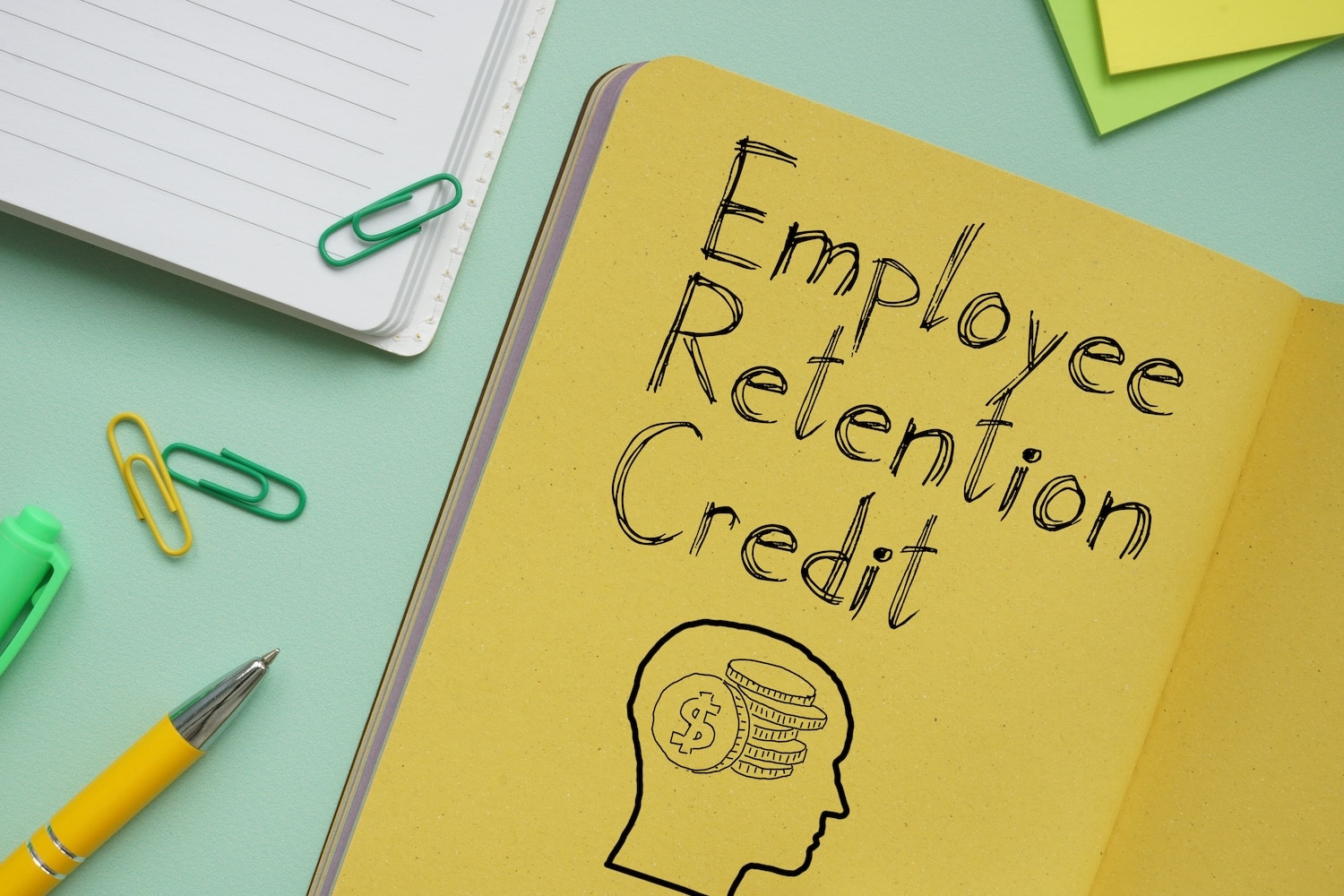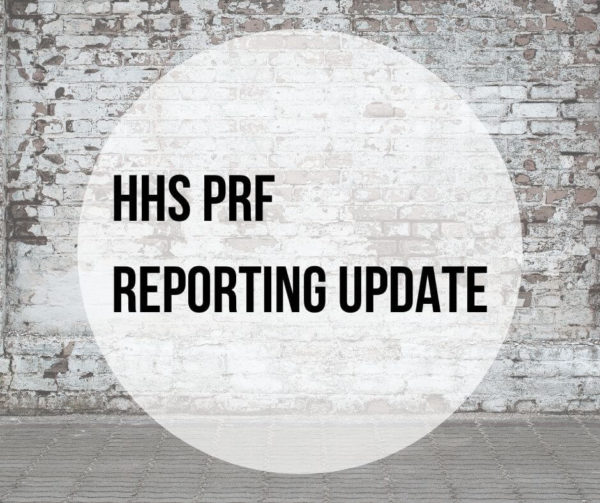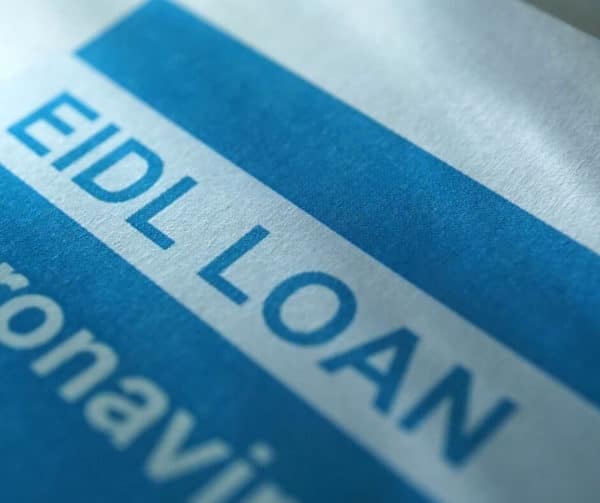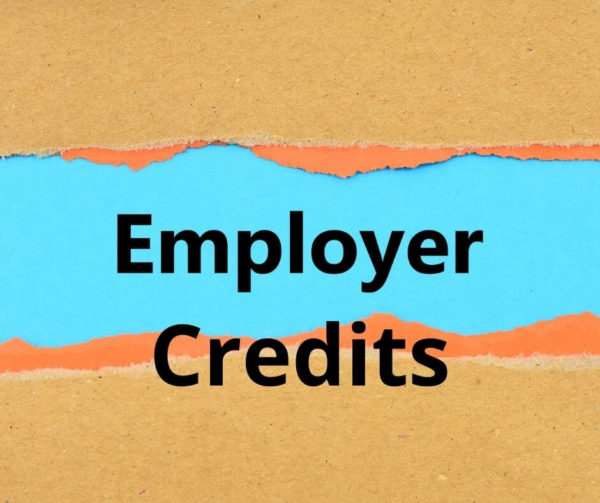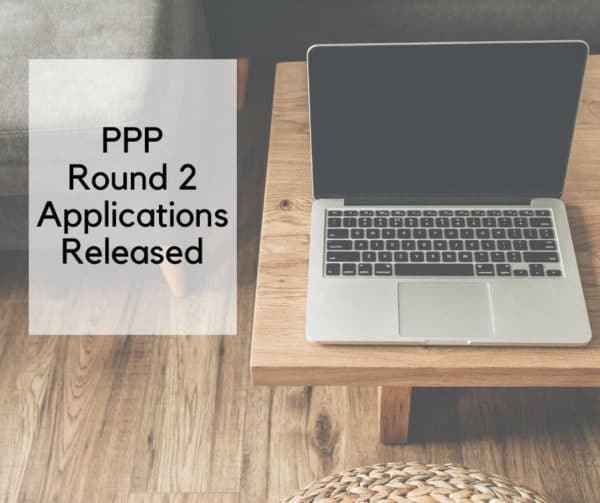The Employee Retention Credit was created to provide financial relief of up to $26,000 per employee to businesses that retained employees by subsidizing wages during the pandemic. However, many businesses, including dental practices, fell prey to aggressive marketing by deceitful companies that intentionally misled people into believing they were eligible for these credits when they were not. A promise of free money is hard to turn down, so many businesses decided to take the gamble that the IRS would not catch up to them while others unknowingly claimed the credit that did not qualify.
Once the IRS started looking into these claims, they found that up to 90% of them contain some type of fraud and sent more than 25,000 disallowance letters to claimants as of early August 2024. But also knowing that many businesses were duped into filing ERC claims, they launched a voluntary repayment program that ended in March 2024. Now, the IRS has launched a second ERC voluntary disclosure program with a deadline of November 22, 2024, so businesses can correct their mistakes and avoid potential audits, fines, and requirements to repay the credit.
Common warning signs
Dental practices that claimed ERCs should carefully reassess their claims, especially if third-party firms assisted with the filing. Common red flags that could indicate a fraudulent ERC claim include:
- Practices that remained fully operational and did not experience a significant decline in gross receipts may not qualify for the ERC.
- Some businesses misunderstood what constitutes a full or partial suspension under a government order, and many of the ERC mills relied on this confusion. Simply facing challenges during the pandemic doesn’t qualify as a suspension. Dental practices were considered “essential businesses” in almost every location and were not subject to many of the closure mandates. Therefore, this aspect applied for a very limited period and a few limited geographical locations during 2020 only. If your claim was based solely on a full or partial suspension, your ERC may be considered erroneous.
- Claiming wages paid to family members can lead to problems, as these claims are often ineligible or calculated incorrectly.
- Wages that were counted towards PPP loan forgiveness cannot also be claimed for ERC. Double-dipping in this manner is a common error.
What to do now
If you are concerned that some or all of your claim may not be accurate, we encourage you to do the following:
- Review your claims: It’s essential to thoroughly review all ERC claims to ensure compliance with IRS rules and all claimed quarters and wages meet eligibility requirements.
- Reach out to us: We understand the complexities of the ERC, can provide guidance on the voluntary disclosure program, and can help you correct any errors in past claims.
- Participate in the disclosure program: If you suspect your practice may have claimed the ERC incorrectly, consider enrolling in the IRS’s voluntary disclosure program before the November 22, 2024, deadline. This proactive step can help you avoid future interest, penalties and even up to five years in jail.
- Stay updated: Tax regulations are constantly evolving. We will continue to provide you with the latest updates on ERC rules and other relevant tax credits, but if you have specific questions, don’t hesitate to call us.
Correcting ERC claims through the voluntary disclosure program can prevent more severe consequences down the line. Not only does this protect your practice’s finances, but it also maintains your credibility and trustworthiness as a business. Don’t wait until it’s too late – review your ERC claims and ensure your practice complies with IRS guidelines. If you need assistance, our team is ready to help.
